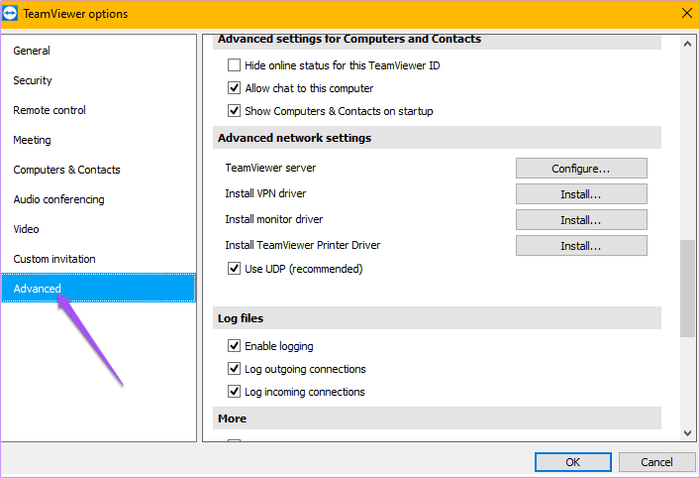
Technical details: Lansweeper uses WOL.exe 2.1 from which seems to only use the interface with highest priority. This solution does not require disabling the adapter or restarting the server, and fixed the problem immediately for me. (Windows enabled " Automatic metric" by default for all interfaces) To fix the problem, I manually lowered the metric for the LAN interface to 5, while raised that for the Npcap interface to 500, in the " Advanced TCP/IP Settings" as shown below. It seems that it is related to the newly installed Npcap Lookback Adapter that comes with the Npcap driver, which is installed automatically by Lansweeper for the new Asset Radar function. Later I found the solution on the internet and now it works. I troubleshooted and found that only the Lansweeper server (version 8.2.110.1) itself was having problem. Recently I found the WOL action in Lansweeper did not work. Therefor we built a custom action (of course your switches\routers need to handle the WOL-broadcast to push it to the target-subnet). Now WOL works for the same VLAN for WOL to other VLANs WOL.exe needs the actual target subnet. Īfter some troubleshooting I disabled the Npcap Loopback Adapter (which has been installed for LS scanning radar, I guess). Wake on lan worked without any problems on the command line from other pcs, but not from the Lansweeper-server. = "Status of $device will not be monitored!\n"

= "Your browser does not support frames.\n" = "Unable to connect to $device ($deviceip:$deviceport).\n"

= "Connection made to $device ($deviceip:$deviceport).\n"

$content = "$tries/$maxtries attempts to connect to $deviceip:$deviceport completed.\n" Global $pageurl, $device, $deviceip, $deviceport, $devicemac1, $devicemac2, $frame, $tries, $maxtries, $status function htmlheader( ) - Returns HTML content for mainpage, frame1 & frame2 based on value of $frame.


 0 kommentar(er)
0 kommentar(er)
